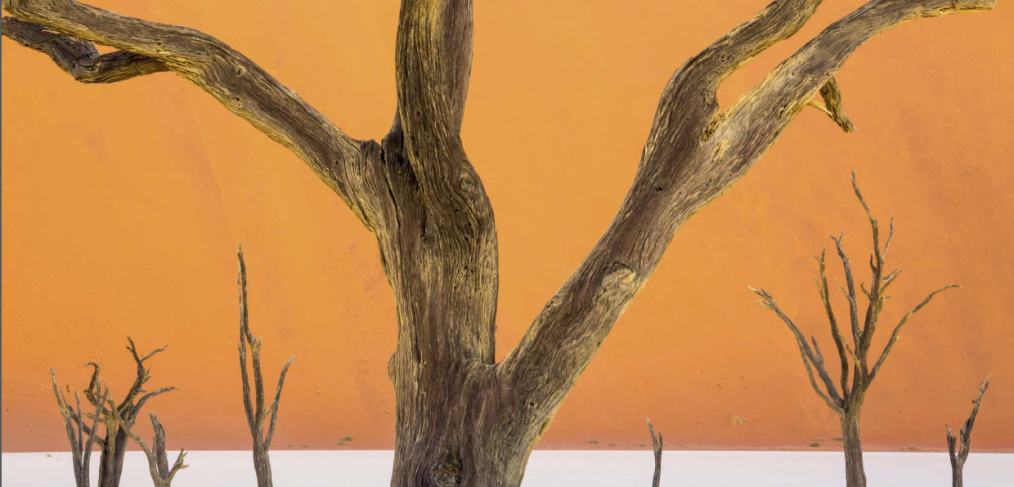
My eBook Review: “VisualFlow by Ian Plant
To this point in my artistic education, I had not found one encompassing source of the building blocks of creative visual design, especially as it applies to photography. Sure, there are lots of in-depth articles on certain facets of design that can be found on the internet, but not all in one, easy to read place. For me, until now. Simply put, Ian Plant’s ebook is the best, one-stop shopping for learning many of these concepts! And here’s why…
First of all, Ian uses many of the world’s classic, iconic paintings as historical examples of how the masters, from Raphael to Botticelli to da Vinci and more, may have used the building blocks of good design and composition. What a great way to learn about, not only photography, but painting as well! He then illustrates through his own photographs, or through those of George Stocking, what he means and offers his own detailed explanation to link these concepts together.
This ebook also contains and defines many of the formal design rules, from the Rule of Thirds to the Golden Ratio to the Fibonacci Spiral and more. But most importantly, Ian discusses his reasoning as to why and when we, as artists, may want to break these rules. He doesn’t just tell us why, he shows us why through his examples.
Ian starts out slowly, taking his time to build up his intentions in writing his book. But your patience is rewarded after the first couple of chapters when he dives into the essential artistic elements and principles of effective design and composition.
So, what were my biggest takeaways from reading his ebook? The first one is “Art is not what you see, but what you make others see.” — Edgar Degas. Also, “Think of your subject not as a complete whole but rather as a collection of individual shapes,” Ian teaches. I think our goal, as artists, is to make our attempts at composition become, as Ian says, “…intuitive—you’ll start sensing the moment when compositional elements converge in a pleasing way, rather than deducing them through patient observation and logic.” We can get quickly distracted by the “wow-factor” of a scene. We need constant practice, to create a habit pattern of not just creating or photographing “… things for what they are, but for what else they are.” – Minor White.
The second takeaway I learned from Ian’s book are specific, concrete ways to handle a chaotic scene. “The challenge, then, is to find a way to tame the chaos. We must find a way to make elements of a given scene work together,” as Ian teaches. He explains and then demonstrates five ways to accomplish this!
So, whether you are just beginning your artistic adventure, or even if you are a seasoned pro, there often is a need to study and then restudy these lessons periodically as reminders/refreshers of the basic compositional elements, designs, and goals. “VisualFlow” I think is the best must-buy ebook to own!
